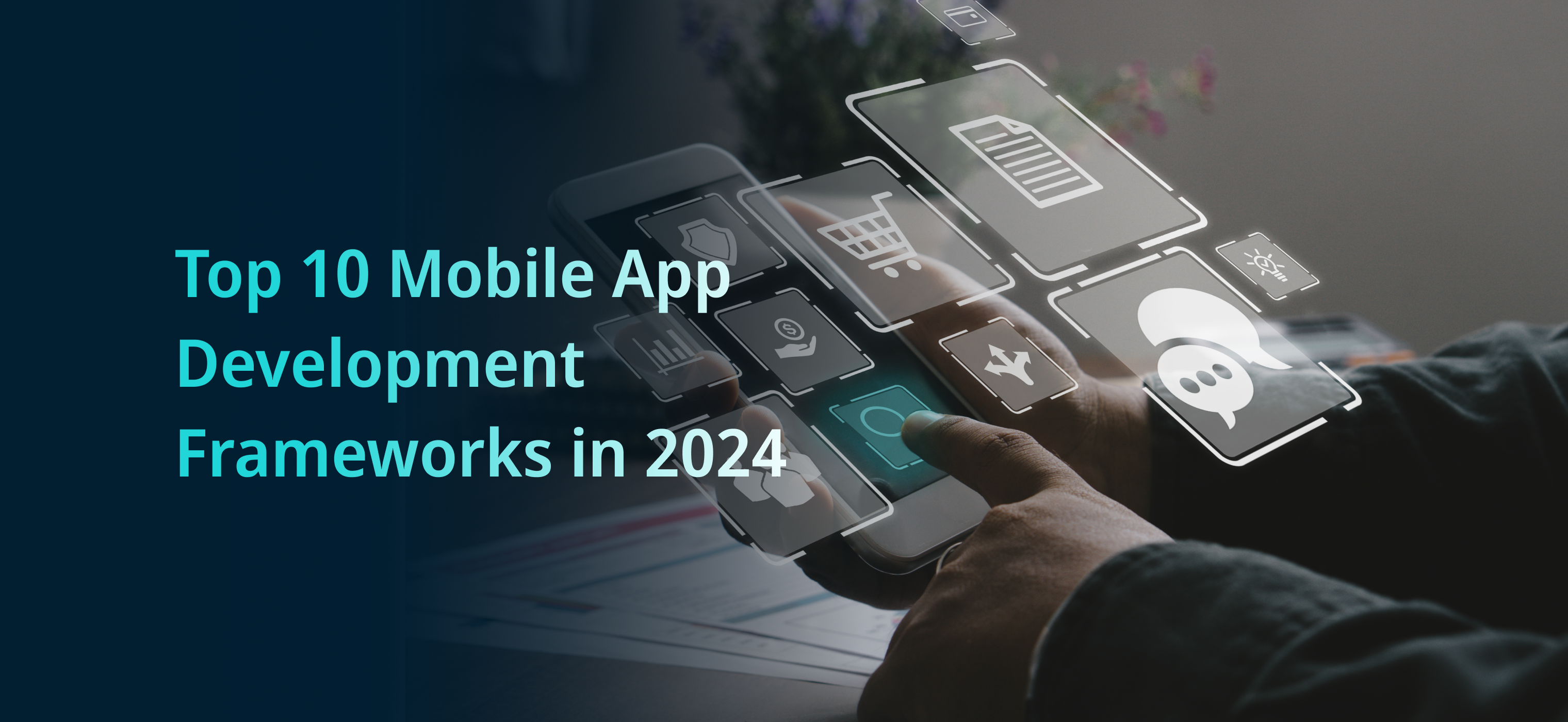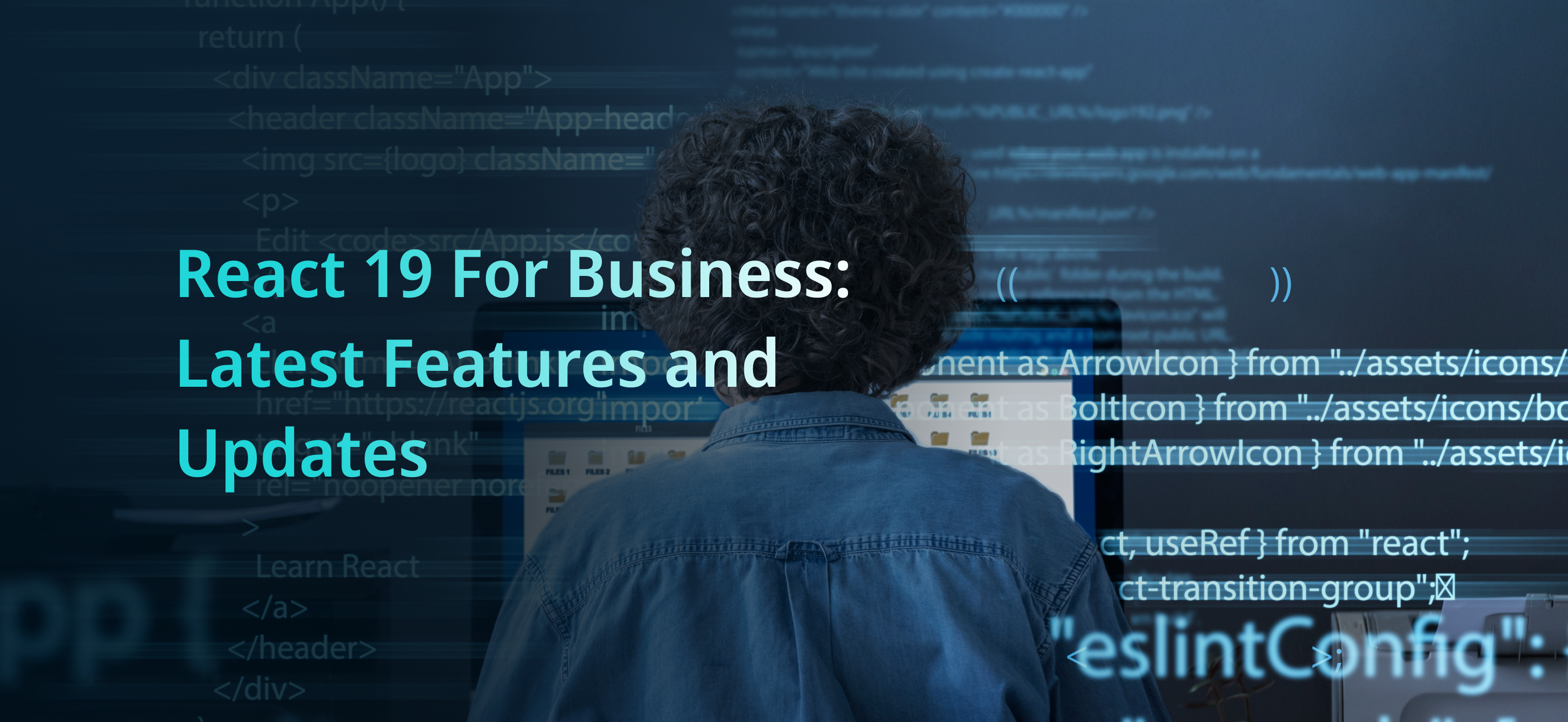In recent years, the rise of low-code AI and low-code development has been remarkable. This new technology allows developers to quickly and easily build complex applications without having to code or write code from scratch. Low-code AI platforms are the perfect tools for anyone looking to create an AI-enabled product or service, without the time and expense associated with traditional ML (machine learning) development. In this blog post, we’ll take a look at the basics of low-code AI and low-code development, and explore how they can help you create smarter and more efficient applications.
What are Low-Code and No-Code AI Platforms?
Low-code and no-code AI platforms are a relatively new development in the world of machine learning. Unlike the traditional ML approach that requires extensive coding and technical knowledge, low-code and no-code AI platforms enable users to build and deploy machine learning models without needing to write complex algorithms or have a deep understanding of coding.
In essence, a no-code ML platform offers a solution that does not require any coding whatsoever. The platform provides users with an easy-to-use interface where they can simply drag and drop components to create custom models. On the other hand, low-code solutions provide some coding flexibility but still offer pre-built modules, drag-and-drop interfaces, and automation tools that simplify the ML development process.
Low-code and no-code AI platforms are gaining popularity due to their ease of use, speed, and cost-effectiveness. With these solutions, developers and business analysts can create sophisticated models that solve complex business problems in less time and with less hassle.
How Do They Differ From Traditional Machine Learning?
Traditional machine learning (ML) relies heavily on coding and programming. It requires expertise in complex programming languages, mathematics, and data science to build models that can process, analyze, and extract insights from vast amounts of data. On the other hand, no-code ML platforms provide a simpler approach to building ML models without requiring extensive coding knowledge. Instead, they rely on drag-and-drop tools, visual interfaces, and pre-built models to create applications and solutions.
A no-code solution makes it easier for businesses and organizations that may not have the necessary technical skills or resources to invest in traditional ML approaches. Additionally, traditional ML approaches often involve longer development cycles, whereas a no-code ML platform enables users to develop and deploy solutions more quickly, making it ideal for time-sensitive projects.
Another significant difference between traditional ML and no-code ML platforms is that traditional ML approaches can be highly complex and require ongoing maintenance to optimize models. A no-code ML platform, however, offers a simpler solution that reduces the time, effort, and technical knowledge needed to maintain models. This means that businesses and organizations can easily make changes to their models without needing specialized expertise, making it more accessible for people with various backgrounds.
In summary, no-code ML platforms offer a simplified approach to developing and deploying ML models, making it more accessible and easier to maintain for those who don’t have extensive technical skills. As the no-code approach gains traction, it could potentially take over the traditional ML approach in the near future.
Advantages of Low-Code and No-Code AI platforms
Low-code and no-code AI platforms offer several advantages over traditional machine learning approaches, including:
- Increased efficiency: With low-code and no-code platforms, developers can quickly build and deploy AI applications without the need for extensive coding. This results in faster turnaround times and increased efficiency, allowing organizations to iterate on their AI models more quickly.
- Reduced costs: Low-code and no-code platforms eliminate the need for skilled developers, reducing the costs associated with building and maintaining AI applications. This allows organizations to invest their resources in other areas of their business, improving their overall bottom line.
- Easier to use: Low-code and no-code platforms make it easier for non-technical users to build and deploy AI applications. This means that businesses can leverage AI across a wider range of applications and industries, providing more value to their customers.
- Improved collaboration: Low-code and no-code platforms allow for improved collaboration between developers and business stakeholders. Business users can provide feedback on the AI model in real-time, allowing for faster iteration and better outcomes.
- More accessible: Low-code and no-code platforms make AI more accessible to small and mid-sized businesses that may not have the resources or expertise to develop AI applications in-house. This allows for a wider range of businesses to leverage AI to improve their operations and customer experience.
Overall, low-code and no-code AI platforms offer a range of benefits that make it an attractive alternative to traditional machine learning approaches. However, it’s important to consider the potential drawbacks and limitations of these platforms before making the switch.
Disadvantages of Low-Code and No-Code AI Platforms
While low-code and no-code AI platforms offer many benefits, there are also some drawbacks to consider. Here are some of the disadvantages:
- Limited customizability: With low-code and no-code AI platforms, the user is often restricted to pre-built templates and tools, which can limit the customization options. This may not be ideal for more complex projects that require specific algorithms or features.
- Reduced control over data: In some cases, low-code and no-code AI platforms may require users to upload data to a cloud-based system. This may be a security concern for some users who prefer to keep their data on-premise.
- Lack of expertise: Although low-code and no-code AI platforms aim to make machine learning accessible to more people, they still require a certain level of technical expertise. Without this knowledge, users may struggle to effectively use the platform or interpret the results.
- Potential for bias: While machine learning algorithms are designed to be impartial, they can still be influenced by the data used to train them. Without proper oversight, there is a risk that low-code and no-code AI platforms could perpetuate bias and discrimination.
- Dependency on vendors: Low-code and no-code AI platforms are often developed and maintained by third-party vendors. This means that users are dependent on these vendors to keep the platform updated and functioning properly.
Despite these disadvantages, low-code and no-code AI platforms are becoming more popular due to their ease of use and accessibility. As the technology continues to evolve, it’s likely that these platforms will become more customizable and user-friendly.
Use Cases and Success Stories of Low-Code and No-Code AI Platforms
Low-code and no-code AI platforms have already found practical applications in various industries and organizations. Here are some examples:
- Retail: Walmart uses the low-code platform DataRobot to optimize pricing for products and maximize sales revenue. With the help of machine learning algorithms, Walmart can now identify which products are in high demand and adjust their prices accordingly.
- Healthcare: Non-profit organization Unicef used a no-code AI platform to develop an AI-powered chatbot that provides accurate information on Covid-19. The chatbot uses natural language processing to understand questions and provide relevant answers in real-time.
- Banking: Singapore-based OCBC Bank used the low-code platform Automation Anywhere to automate their customer onboarding process. By automating the data entry process, OCBC was able to reduce the time taken to onboard a new customer from two days to just five minutes.
- Manufacturing: Procter & Gamble used a no-code AI platform to optimize their supply chain operations. The platform uses predictive analytics to forecast demand for products and identify areas where inventory can be reduced, resulting in significant cost savings.
- Education: The University of South Australia used a no-code AI platform to develop a chatbot that provides students with personalized guidance and support. The chatbot uses machine learning to analyze student data and recommend relevant resources and activities to improve their academic performance.
These use cases highlight the versatility and effectiveness of low-code and no-code AI platforms in various industries and contexts. As the technology continues to evolve and become more accessible, we can expect to see even more innovative use cases and success stories in the future.
Future of Low-Code and No-Code AI Platforms In The Industry
As more businesses look to implement AI into their processes, the demand for low-code and no-code AI platforms is expected to increase significantly. This trend will be fueled by the need for quick and easy solutions that do not require extensive knowledge in coding or machine learning.
One of the most significant advantages of low-code and no-code AI platforms is that they enable citizen data scientists to build and deploy their own machine learning models. This means that companies will be able to tap into a larger pool of talent without needing to invest heavily in hiring and training expert data scientists.
Furthermore, as low-code and no-code AI platforms become more sophisticated, we can expect them to incorporate more advanced machine learning algorithms and natural language processing capabilities. This will make them more capable of handling complex use cases and allow businesses to create more accurate and effective models.
In terms of adoption, we can expect to see a growing number of small and medium-sized enterprises embrace low-code and no-code AI platforms as they look to automate their processes and increase their efficiency. Larger enterprises may also utilize these platforms as a way to augment their existing data science teams.
Finally, while low-code and no-code AI platforms may not entirely take over traditional machine learning, they will undoubtedly become an increasingly critical tool for data scientists and businesses alike. By making it easier and faster to build and deploy machine learning models, these platforms will democratize AI and drive innovation in the industry.
Visit Internet Soft for the latest tech trends and insights around AI, ML, Blockchain, along with NeoBanking and timely updates from industry professionals!
Need assistance or have questions? Reach out us at Sales@internetsoft.com.






